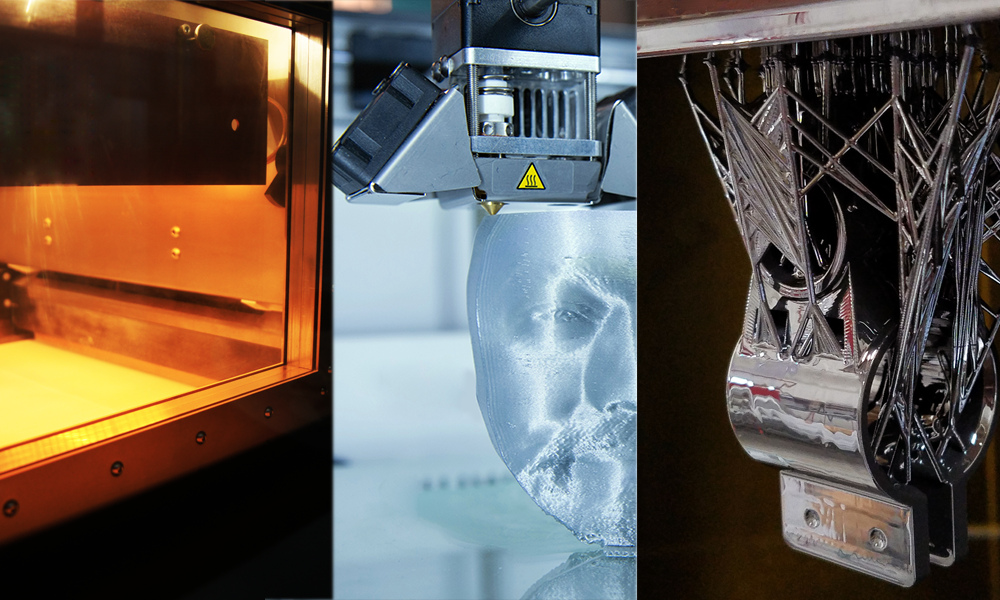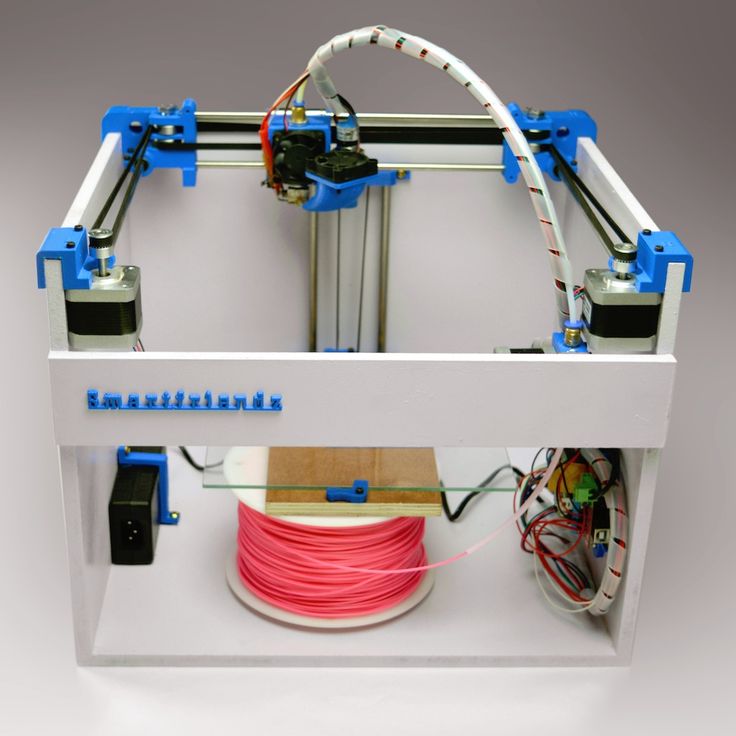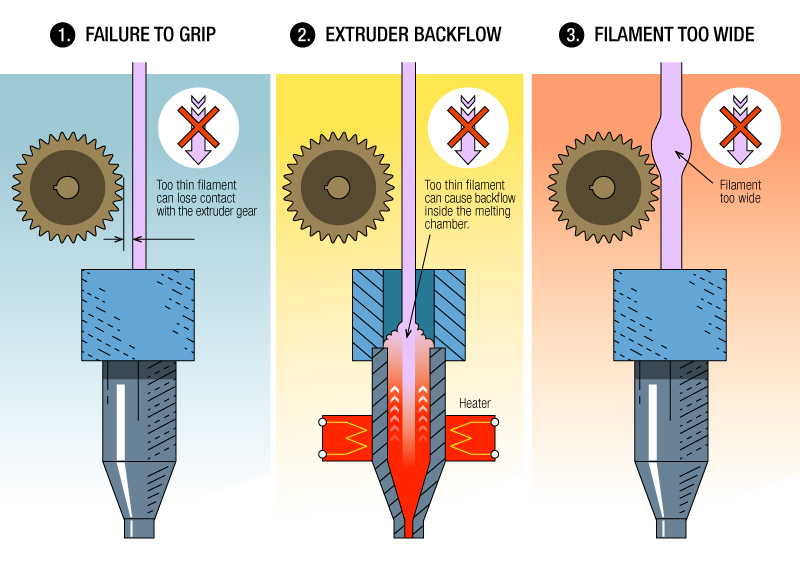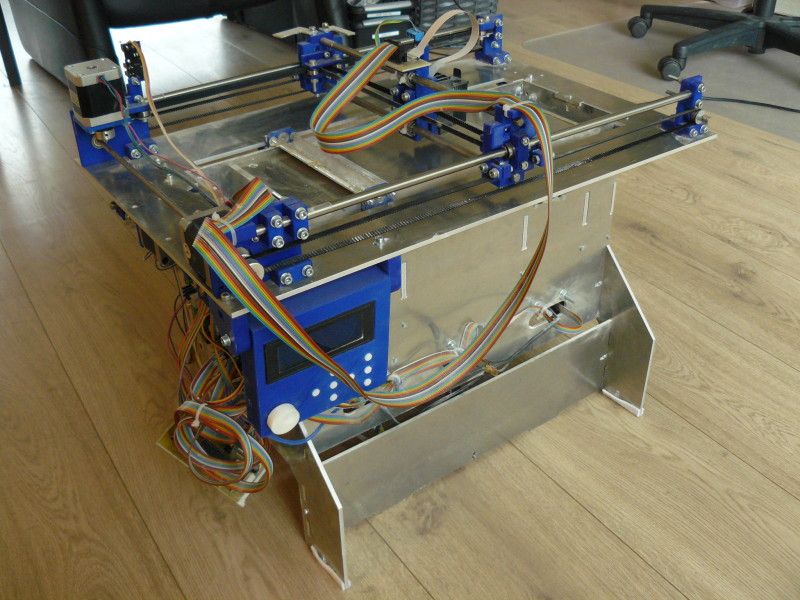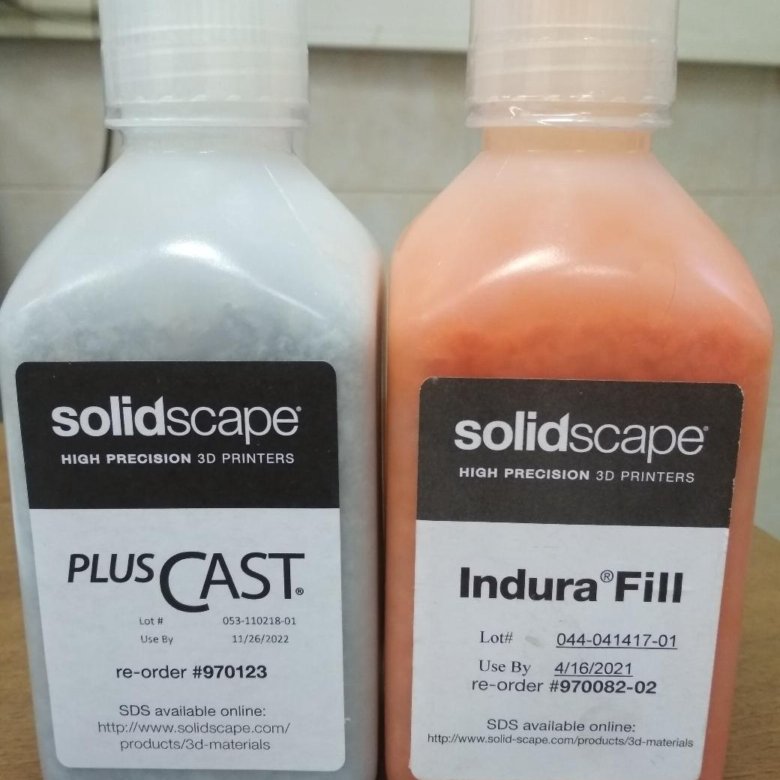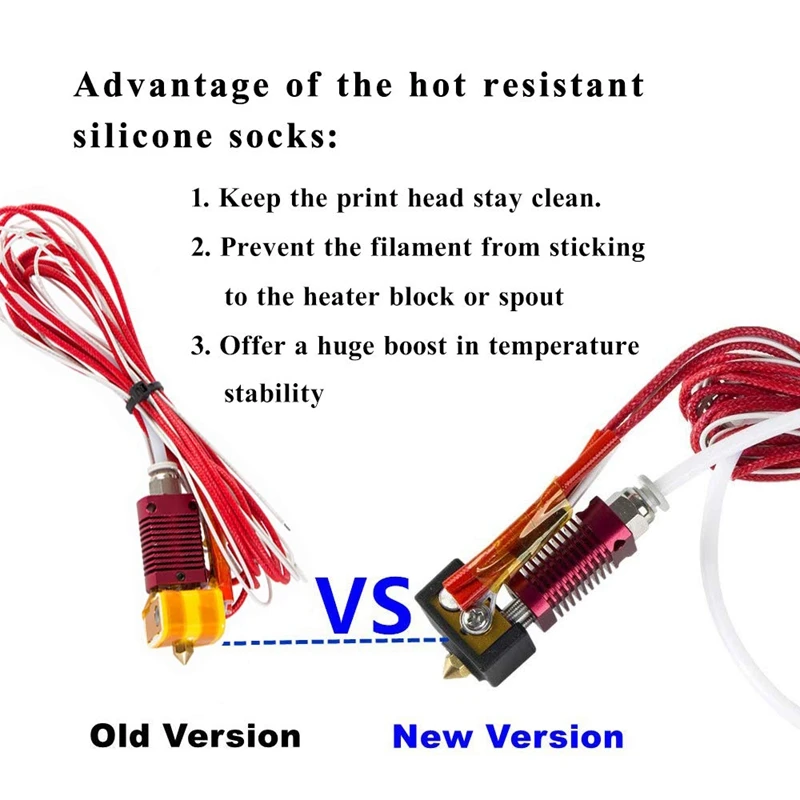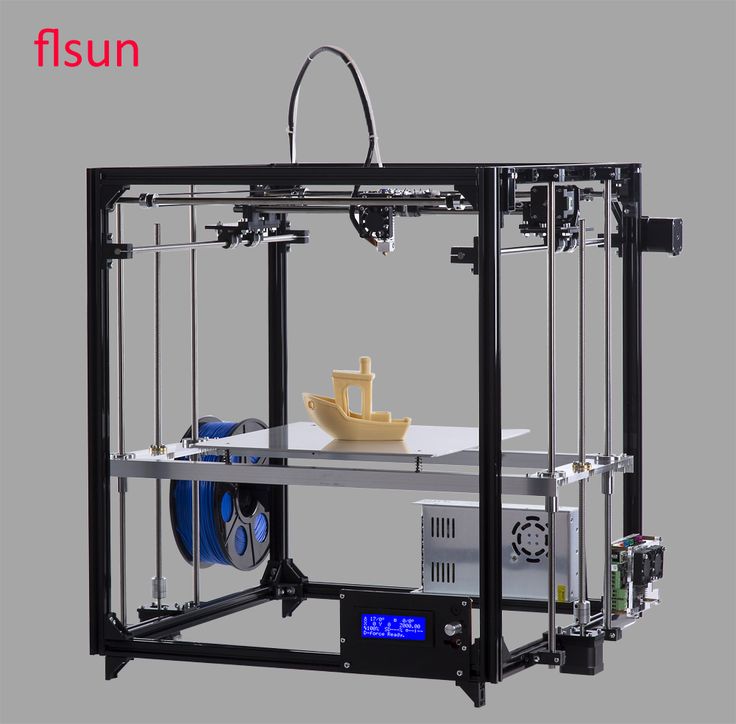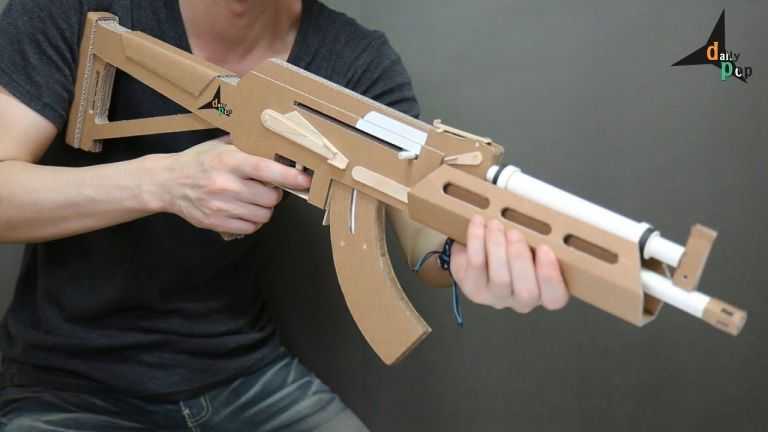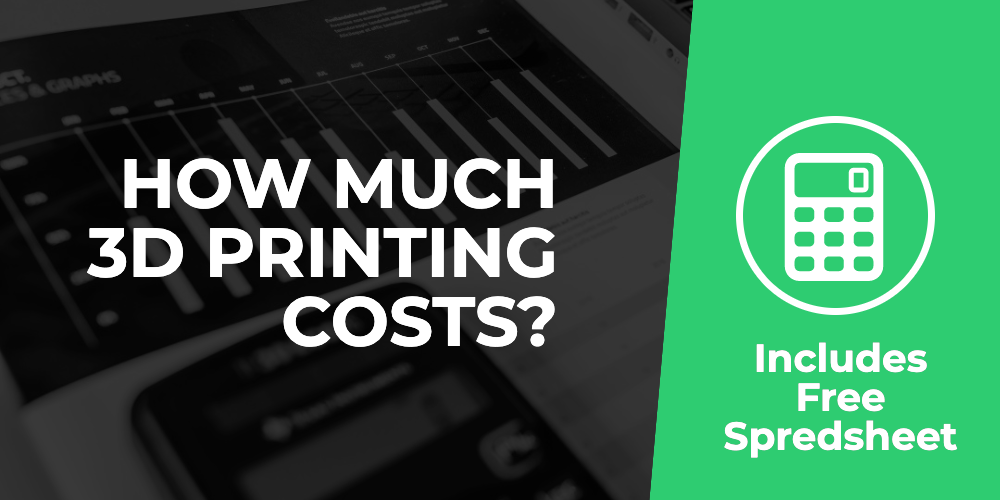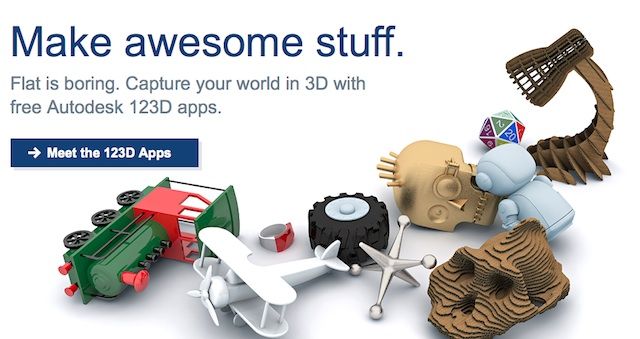3D printer innovations
The Latest Innovations in 3D Printing
Home > Press Room > The Latest Innovations in 3D Printing
The Latest Innovations in 3D Printing
Innovation
The world of 3D printing has the possibility of creating a newer, better future. From increasing the effectiveness of foreign aid to creating a more sustainable future. The possibilities presented to us by 3D printers have allowed us to imagine a better future. Unfortunately, the majority of objects that can be created are subject to the size of each respective 3D printer. Therefore, we can only print to a minimal extent. Alternatively, 2016 has seen an incredible advancement in the 3D printing sector. Below, we have curated a list of six innovations that will change the future of business and production.
Speed Up Your Printing
A problem that has remained within the 3D printing community is the sluggish process of completing a task. This is due to the layer-by-layer processing many printers use to complete a job. For the consumer, this is an obvious disadvantage as it takes many hours to finish a simple task. Joseph DeSimone, CEO of Carbon3D desires to change that with his new technology which is anywhere from 25 to 1000 times faster than other printers on the market. His company has acquired funds from venture capitalists ranging from Google to Ford Motor Company.
Multi Jet Infusion (MJF) Technology
3D printing systems utilize different materials to make up their proprietary processing systems. Hewlett Packard has recently created a technology that creates a superior product. The company states, “reinvent how you prototype and produce functional parts.” With the new MJF technology, HP printers complete jobs at a rate of 30 million drops per second across each inch of workable space while minimizing costs of each part of the printer. Boasting a speed improvement of 3x at half the cost, the future of 3D printing looks promising for the average consumer.
3D Printing in the Palm of Your Hand
Although it may sound too good to be true, the ability to utilize 3D printing in the palm of your hand will be available in the future.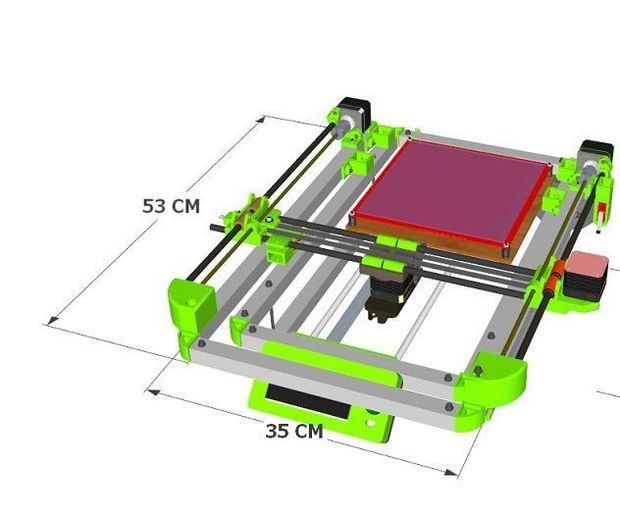 Not too long ago, the idea of creating utility objects from a printer echoed sentiments from a 1970s science fiction movie. Maxwell Bogue and Peter Dilworth, founders of 3Doodler sought to capitalize on the 3D printing technology by creating a pen that mimics what each large printer does. The company has been in business since 2012 however, the pen known as 3Doodler Start will be available on September 30 of this year.
Not too long ago, the idea of creating utility objects from a printer echoed sentiments from a 1970s science fiction movie. Maxwell Bogue and Peter Dilworth, founders of 3Doodler sought to capitalize on the 3D printing technology by creating a pen that mimics what each large printer does. The company has been in business since 2012 however, the pen known as 3Doodler Start will be available on September 30 of this year.
Complex Surgery Procedures At A Fraction of The Cost
The future of medicine will be forever changed by the success of a recent experiment in 3D printers. For the first time in history, complex cardiac and vascular cell structures were successfully printed in a weightless environment. The process incorporated the use of human stem cells and a space hardened 3D bioprinter prototype. The success of this job breeds a new excitement in the world of medicine due to the replication of living cell tissue. In the future, we may have the ability to replicate human organs or blood vessels that will aid in the fight against illness like heart disease and cancer.
Hair On-Demand
Most people assume 3D printers are meant for rigid structures and materials. Tangible Media Group, an MIT group, has created software and a new technique for printing hair-like substances. Although the experiment generated fur, the implications for the experiment go beyond the findings. The software grants the ability to create bristles as hard as a toothbrush to a soft piece of synthetic hair. The group plans to continue the study with hopes of finding methods to reproduce velcro-like substances. The founder, Jifei Ou, states the ultimate desire for the group is to expand the ability of 3D printing technology.
Catching A Murderer
3D printer technology is not exclusive to the scientific and medical fields. Criminal justice has begun their endeavor into the utility of the 3D printer and has garnered interesting findings. In early June, a Michigan police department inquired Michigan State University's computer science department about the possibility of printing a finger replica of a deceased man.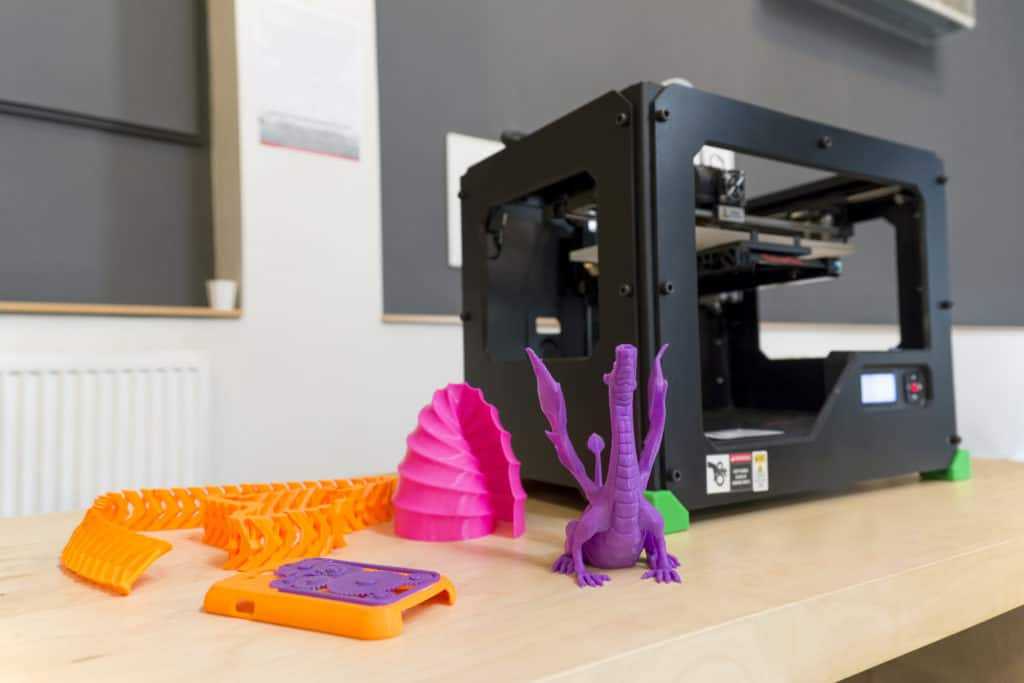 In an effort to unlock the man's phone, the police believe access to his phone is the missing link in his case. The computer science department was able to reverse engineer the finger of the deceased and successfully create a replica of the man's finger.
In an effort to unlock the man's phone, the police believe access to his phone is the missing link in his case. The computer science department was able to reverse engineer the finger of the deceased and successfully create a replica of the man's finger.
The future of 3D printing is unknown. As we continue to make technological progress, we can be sure to expect powerful and amazing innovations from this technology.
How 3D Printing Drives Innovation in Manufacturing
3D printing (also called additive manufacturing when done in an industrial setting) has been steadily increasing in popularity over the past ten years. The 3D printing industry was valued at $13.7 billion in 2020, according to a recent Mordor Intelligence report, and it’s projected to reach $63.46 by 2026. That’s a compound annual growth rate of nearly 30 percent.
New materials, more advanced technologies, and cost-effective printing techniques have convinced many manufacturers that 3D printing is the future of part production. Let’s explore some of the latest 3D printing innovations in manufacturing today.
Let’s explore some of the latest 3D printing innovations in manufacturing today.
How 3D printing paves the way for innovation in manufacturing
3D printing empowers product teams to create high-quality products faster and at a fraction of the cost of other techniques. While injection molding requires manufacturers to design and create expensive tooling before producing parts, 3D printing enables them to simply send a digital design file to the printer.
This level of speed and affordability gives manufacturers unmatched flexibility when it comes to prototyping and production. Manufacturers can easily alter designs to keep up with consumer trends without rendering existing tooling obsolete. Product teams can also offer increased customization, eliminate time-consuming assembly steps, reduce storage costs, and produce cost-effective low-volume runs.
3D printing technology is also compatible with a wide variety of materials, making it much easier for product teams to find a material that meets their physical and chemical requirements. In addition to popular thermosets and thermoplastics, some 3D printers can also print with composite filaments, photosensitive resins, and more to produce parts with complex geometries.
In addition to popular thermosets and thermoplastics, some 3D printers can also print with composite filaments, photosensitive resins, and more to produce parts with complex geometries.
New and innovative 3D printing solutions
The 3D printing possibilities are endless, and additive manufacturing is already a driving force behind innovation across several industries.
The healthcare industry: 3D printing has plenty of exciting applications in the medical industry. 3D printing’s relatively low cost combined with high levels of customization and the ability to print parts with hollow internal geometries makes additive manufacturing an ideal choice for producing light, strong prostheses. For example, Fast Radius helped Coapt design and print components for their second generation of COMPLETE CONTROL, a system that helps amputees fully control their prosthetic arm’s movement via an electrical pattern recognition system.
The pandemic also introduced many new 3D printing innovations in healthcare, from mass-producing face shields to printing ventilator parts.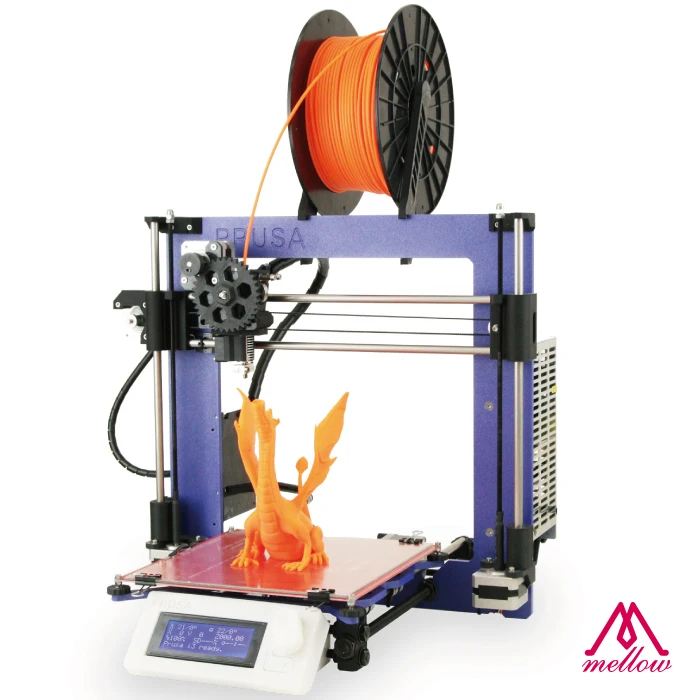 Other 3D printing medical innovations include patient-specific surgical models and a variety of dental applications like antibacterial dental implants, dentures, impression trays, and more.
Other 3D printing medical innovations include patient-specific surgical models and a variety of dental applications like antibacterial dental implants, dentures, impression trays, and more.
The automotive industry: Many manufacturers in the automotive industry turn to 3D printing to create parts for car interiors like customized sports car seats. Others use additive manufacturing to cost-effectively produce obsolete spare parts for vintage cars or create contoured seats that fit customers perfectly. Even Formula One race cars leverage 3D printing for their parts.
The aerospace industry: In the aerospace industry, aviation firms are just starting to incorporate 3D printing in their manufacturing processes. 3D-printed parts are cheaper and often lighter than conventional parts, offering greater fuel efficiency without sacrificing strength, heat resistance, or structural integrity.
The energy industry: 3D printing allows energy companies to quickly produce parts at a lower price point. 3D printing solar panels can cut manufacturing costs by 50% while also improving their efficiency, and 3D printing turbine blade molds can reduce transportation costs and eliminate the labor-intensive process of manually creating molds. Plus, companies can print discontinued parts, extending their equipment’s lifespan.
3D printing solar panels can cut manufacturing costs by 50% while also improving their efficiency, and 3D printing turbine blade molds can reduce transportation costs and eliminate the labor-intensive process of manually creating molds. Plus, companies can print discontinued parts, extending their equipment’s lifespan.
The sporting goods industry: Sporting goods manufacturers can create highly customized products for athletes, improving their performance and providing more protection and comfort. For example, 3D printing custom helmets with lattice structures improves ventilation and impact absorbency while minimizing weight. Other 3D printing innovations include snowboard bindings that match riders’ boards, baseball glove inserts that improve reaction time and gameplay, and custom bike saddles that offer the ideal balance of comfort, stability, and weight.
Partnering with Fast Radius
3D printing is already transforming the manufacturing landscape due to its speed, affordability, high level of customization, and ability to produce complex geometries. As the technology continues to mature, manufacturers will develop new and innovative 3D printing solutions.
As the technology continues to mature, manufacturers will develop new and innovative 3D printing solutions.
If you need help getting started with 3D printing, consider working with an experienced additive manufacturing partner like Fast Radius. When you partner with us, our team of experienced professionals will help you through the entire production process, from design to fulfillment. We also stay up to date on the latest 3D printing technologies to help you future-proof your business and take advantage of all that additive manufacturing has to offer. Contact us today.
For more information on the costs of 3D printing, 3D printing filaments, and more, visit our resource center.
Ready to make your parts with Fast Radius?
Start your quote
Top 10 Innovations in 3D Printing in Construction
These technologies can be applied to projects ranging from basic housing to extravagant designer homes. 3D printing has the potential to drastically reduce the cost of housing and speed up construction – innovations that will generally improve the quality of life for many people.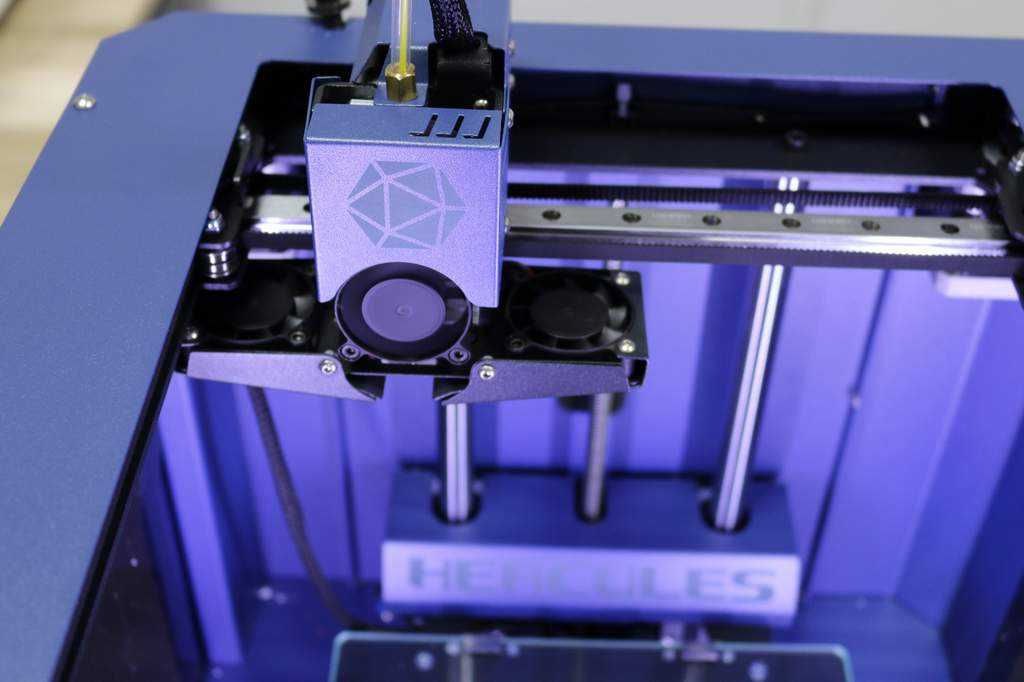 Below is a list of the top ten innovations related to 3D printing in the construction industry.
Below is a list of the top ten innovations related to 3D printing in the construction industry.
1. Printed villa
The 400 m2 villa was created on site in Beijing in 45 days by Hushang Tengda. The building was constructed using a 3D printer head mounted on a mechanical arm. The thickness of the walls is 250 mm, so the villa is able to withstand an earthquake of 8 points on the Richter scale. In addition, thanks to 3D printing, it was possible to easily create bizarre towers that would have taken builders a lot of time to build. It is reported that the construction of the villa with traditional methods would take three months, so 3D printing has reduced labor and material costs.
The villa was one of the first projects where the building was 3D printed on site as a functional home, not just a showcase. A villa in Beijing may indeed be a building that will change the future.
2. Minibuilders
Minibuilders is a completely new concept developed by a team from the Catalan Institute of Advanced Technologies in Architecture.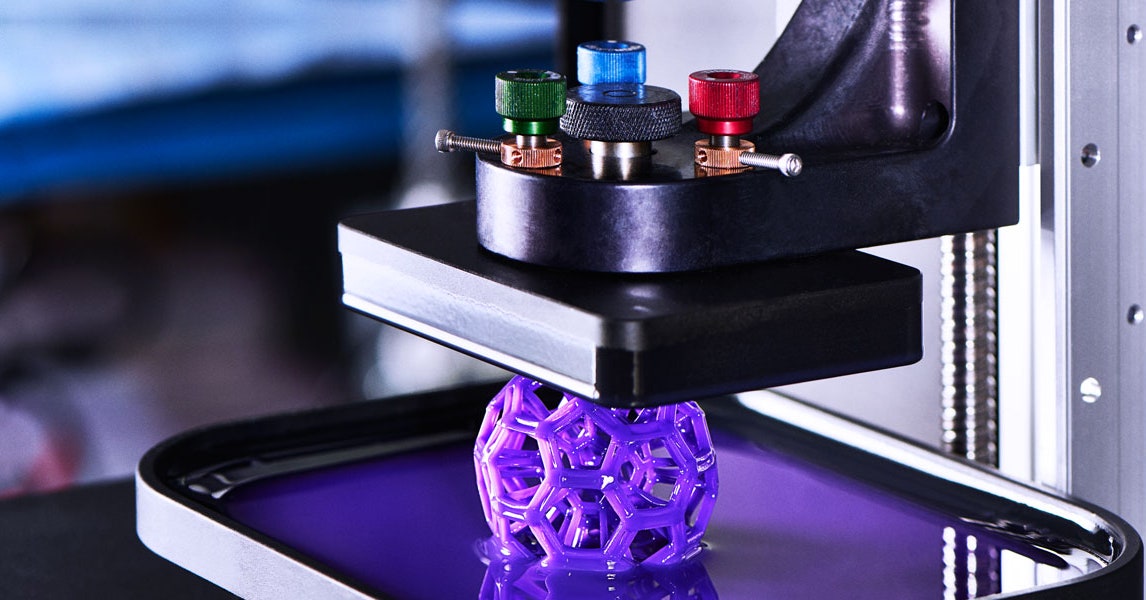 The technology involves the use of many small devices the size of a personal 3D printer - the largest of them is only 42 cm. However, together these machines are capable of building skyscrapers - some laying the foundation, others erecting walls. The devices are easy to transport and construction companies can use as many 3D printers as needed for a project. Minibuilders can even hang "upside down" while building the ceiling. Of course, unlike workers, they build around the clock.
The technology involves the use of many small devices the size of a personal 3D printer - the largest of them is only 42 cm. However, together these machines are capable of building skyscrapers - some laying the foundation, others erecting walls. The devices are easy to transport and construction companies can use as many 3D printers as needed for a project. Minibuilders can even hang "upside down" while building the ceiling. Of course, unlike workers, they build around the clock.
This is a significant breakthrough that solves the logistical problems associated with installing a huge 3D printer on a construction site. Thus, Minibuilders are able to work anywhere, including remote areas without infrastructure and cities with dense buildings. For the construction industry, this could be the perfect flexible solution.
3. Soil 3D printing
Another potentially revolutionary project from the Catalan Institute of Advanced Technologies in Architecture.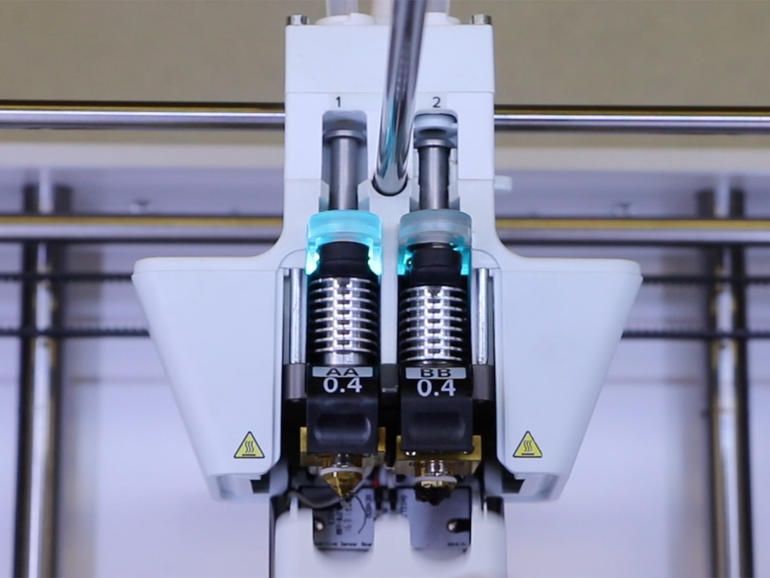 Researchers have developed a way to extract the soil from a construction site, add a few other substances to it, and turn it into a building material three times stronger than industrial clay. Combined with Minibuilders, this technology can be used in some of the world's poorest areas to build schools, homes and even hospitals directly from the ground. In the future, this development can be applied even in the colonization of other planets.
Researchers have developed a way to extract the soil from a construction site, add a few other substances to it, and turn it into a building material three times stronger than industrial clay. Combined with Minibuilders, this technology can be used in some of the world's poorest areas to build schools, homes and even hospitals directly from the ground. In the future, this development can be applied even in the colonization of other planets.
4. Landscape House
The Landscape House, a “picturesque house”, is a project erected during the exhibition in Amsterdam, but so far on a reduced scale. This is an elegant house where the design and shape are reminiscent of the Möbius strip, without beginning or end - the building looks like one long corridor. The amazing project was carried out with a single mechanical arm mounted on a mobile platform.
Initially architect Jan-Jap Ruysenaars did not plan to use 3D printing, but later he realized that this was the most simple and cost-effective way, taking into account the specifics of the project.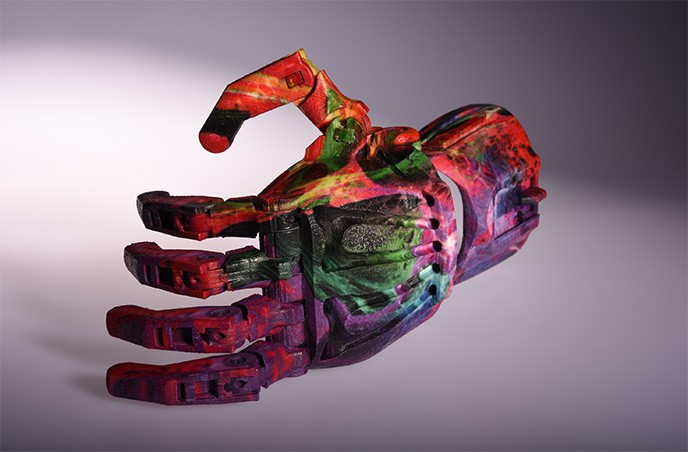 It was 3D printing that helped bring the model to reality.
It was 3D printing that helped bring the model to reality.
5. Emergency housing
In case of an emergency, thousands of people could be left homeless – the University of Nantes has developed the INNOprint system, which allows building basic housing in disaster areas in 30 minutes. Basic shelters should protect people in affected areas from cold, water and other unpleasant natural phenomena as quickly as possible. Housing is made of polyurethane using a mechanical manipulator equipped with a print head.
The device is likely to be in huge demand from charities helping disaster victims around the world. In addition, with the help of INNOprint, you can create cheap housing in low-income areas.
6. Emissions materials
The innovative CO2NCRETE concept is still being tested, but it shows that there is no limit to inventions. The idea behind the technology is to turn power plant emissions into a 3D-printable building material to replace cement.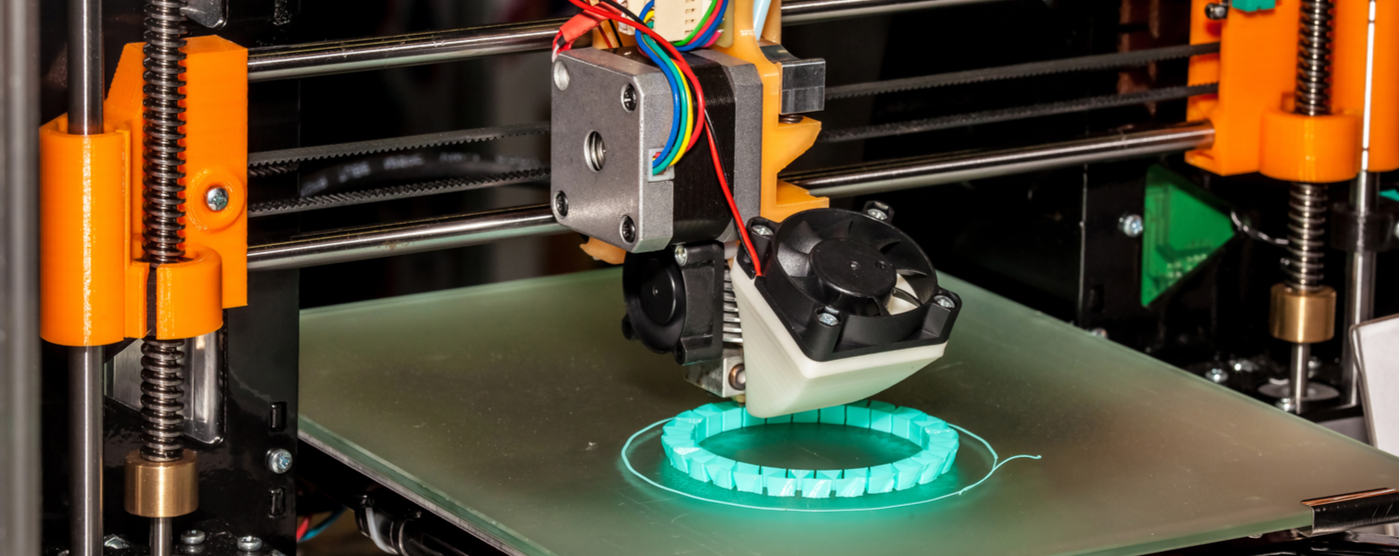 The replacement of cement and the recycling of harmful emissions will have a double positive effect on the ecological situation.
The replacement of cement and the recycling of harmful emissions will have a double positive effect on the ecological situation.
7. Bridge
3D printing in construction is not only buildings, but also other structures. Since last year, MX3D has been working on a project to 3D print a steel bridge over a canal in Amsterdam. Two robots will be used during the construction. The engineers on the project have to make sure that it meets all the standards and structural specifications - this is not an easy task, but so far the team has successfully coped with it. The 3D printer itself, which uses six-axis printing technology, can be used in other projects. At its core, this is a modified welding robot, similar to devices that are used in auto construction, but in this case it also works as an extruder.
The bridge is expected to be completed and operational by 2017. After that, the team will be able to apply the experience gained in the creation of metal structures in other construction projects.
8. Cooling Brick
Emerging Object's project proves that you don't have to 3D print an entire building to have a significant impact on the industry. Porous bricks are a replacement for air conditioners, which are associated with significant energy costs and a negative impact on the environment. If you build an entire house out of these porous ceramic bricks, or at least build one wall of them, the structure will absorb water - then as air passes through the bricks, the water will evaporate, cooling the house.
The idea may seem primitive, but the authors of the project are convinced that it can help return to the old building traditions, which are only being improved with the help of 3D printing.
9. Curve Appeal
Despite the focus on concrete and brick houses, a team of architects from Chicago intends to change the status quo with the introduction of an impressive house made of carbon fiber and plastic. The building does not have a single straight wall, hence its name, Curve Appeal, "attractive curves". The house will be built from Branch Technology's carbon-fiber-reinforced plastic, which is reasonably well-suited for 3D printing.
The house will be built from Branch Technology's carbon-fiber-reinforced plastic, which is reasonably well-suited for 3D printing.
The house will be built from panels that will be welded together at the construction site, so it's more about innovation in terms of materials and design than production methods. The designers were inspired by natural phenomena and cellular structures - the house really does not look like traditional designs.
After the frame is 3D printed, foam will be applied to it for insulation and additional reinforcement. It will be interesting to see how the project will affect the industry as a whole, and whether people are ready to abandon concrete houses in favor of plastic.
10. 3D printed trailer
At the Las Vegas International Construction Show in January, Skidmore, Owings & Merrill (SOM) showed a unique project that should be the world's largest 3D printed polymer construction printer. Its length is 11.5 meters, width - 3.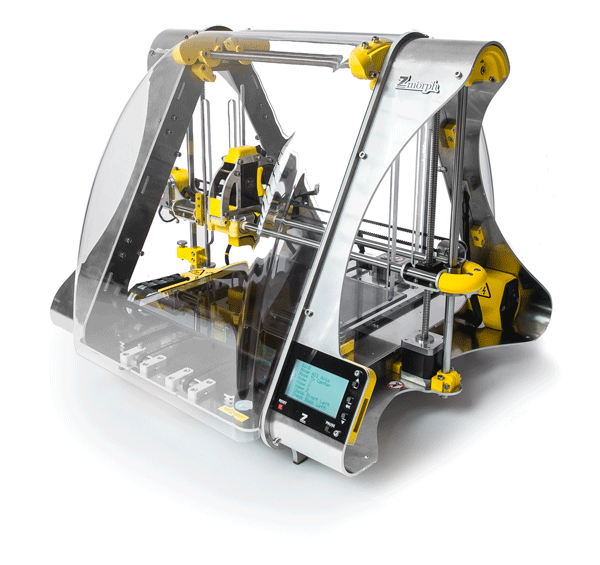 6 meters, so it can be called a modern enlarged trailer.
6 meters, so it can be called a modern enlarged trailer.
Architects SOM is working with the Department of Energy's Oak Ridge National Laboratory to demonstrate a new approach to energy conservation. Solar panels on the roof charge the battery, which provides energy for the building itself and the car. Thus, the concept allows you to install a house anywhere, taking advantage of cheap uncultivated land. Of course, it can be used by both charitable organizations and large commercial players. In addition, on the basis of this system, you can create a medical center, a school or a research post.
Source: http://3dprintingindustry.com
5 Innovative Medical Applications for 3D Printing
Personalized and precise medical solutions are becoming increasingly popular. New tools and advanced technologies bring doctors closer to patients by providing treatments and devices that meet the needs of each individual.
The expansion of 3D printing technology in healthcare has made a huge contribution to improving the quality of medical services.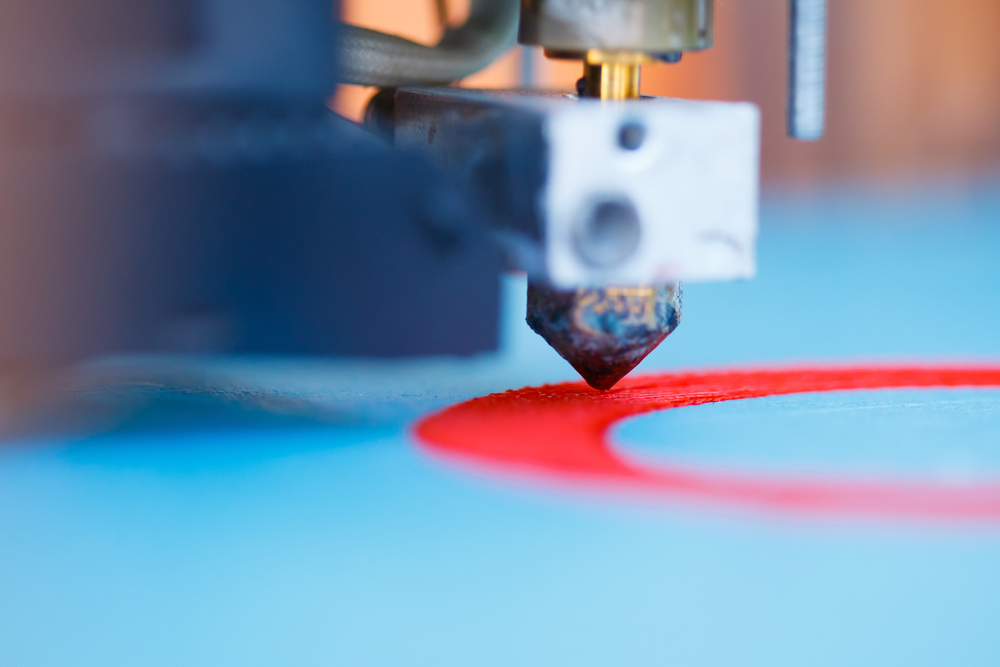 With new tools and treatment approaches developed using 3D printing, patients feel that their treatment becomes more comfortable and personal. For physicians, the new technology available allows them to better analyze complex cases and provides new tools that can ultimately raise standards of care.
With new tools and treatment approaches developed using 3D printing, patients feel that their treatment becomes more comfortable and personal. For physicians, the new technology available allows them to better analyze complex cases and provides new tools that can ultimately raise standards of care.
Later in this article, you'll learn about five areas, from models for surgical planning to vascular systems and bioreactors, in which 3D printing is used in healthcare, and why many healthcare professionals see great potential in this technology.
In today's medical practice, 3D printed anatomical models based on patient body scans are becoming more indispensable tools, as they provide more personalized and accurate treatment. As cases become more complex and standard case times become more important, visual and tactile anatomical models are helping surgeons to better understand their task, communicate more effectively, and communicate with patients more easily.
Medical professionals, hospitals and research institutions around the world use 3D printed anatomical models as a reference tool for preoperative planning, intraoperative imaging, and for sizing medical instruments or presetting equipment for both standard and very complex procedures, which is reflected in hundreds of scientific publications.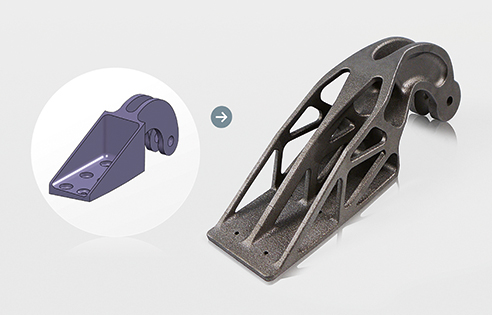
3D printing makes 3D printing affordable and easy to create customized patient anatomical models based on CT and MRI data. The peer-reviewed scientific literature demonstrates that they help clinicians better prepare for surgery, resulting in significant cost and time savings. At the same time, patient satisfaction is also increased through reduced anxiety and reduced recovery time.
Physicians can use individual patient anatomical models to explain the procedure to the patient, making it easier to obtain patient consent and reduce patient anxiety.
Preparation for surgery using preoperative models can also affect the effectiveness of the treatment. The experience of Dr. Michael Ames confirms this. After obtaining bone replications from the young patient's forearm, Dr. Ames realized that the injury was different from what he expected.
Based on this information, Dr. Ames chose a new soft tissue procedure that was much less invasive, reduced downtime, and resulted in much less scarring. Using imprinted bone replication, Dr. Ames explained the procedure to the young patient and his parents and obtained their consent.
Using imprinted bone replication, Dr. Ames explained the procedure to the young patient and his parents and obtained their consent.
Physicians can use patient-specific surgical models to explain the procedure beforehand, improving patient consent and lowering anxiety.
Result? The operation lasted less than 30 minutes instead of the originally planned three hours. With this reduction in operating time, the hospital avoided a cost of about $5,500 and the patient recovered faster.
According to Dr. Alexis Dang, Orthopedic Surgeon at UC San Francisco and Veterans Affairs Medical Center San Francisco: “All of our full-time orthopedic surgeons and nearly all of our full-time surgeons part-time, used 3D printed models to treat patients at a Veterans Medical Center in San Francisco. We could all see that 3D printing improves the efficiency of our work.”
The advent of new biocompatible medical polymers for 3D printing has opened up opportunities for the development of new surgical instruments and techniques to further improve clinical operating procedures. These include sterilizable trays, contoured surgical guides, and implant models that can be used to determine the size of an implant prior to surgery, helping surgeons reduce time and improve accuracy in complex procedures.
These include sterilizable trays, contoured surgical guides, and implant models that can be used to determine the size of an implant prior to surgery, helping surgeons reduce time and improve accuracy in complex procedures.
Anatomical model of a hand with elastic resin skin for 3D printing.
Todd Goldstein, PhD, lecturer at the Feinstein Institute for Medical Research, is unequivocal about the importance of 3D printing technology to the work of his department. He estimates that if Northwell used 3D-printed models 10-15% of the time, it could save $1,750,000 a year.
“Whether it's prototyping medical devices, complex anatomical models for our children's hospital, designing training systems, or making surgical templates for dental clinics, [3D printing technology] has increased our capabilities and reduced our costs in a variety of areas. In doing so, we were able to produce instruments for treating patients that would be almost impossible to recreate without our sought-after stereolithography 3D printer,” says Goldstein.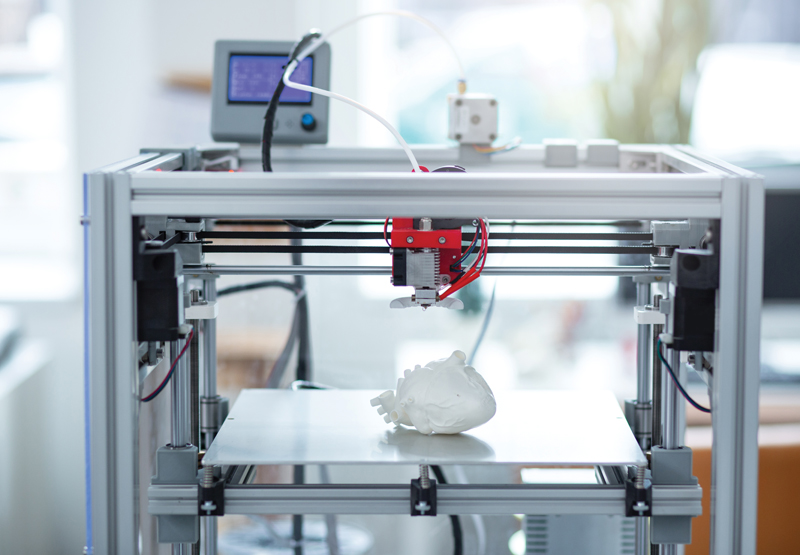
3D printing has become virtually synonymous with rapid prototyping. The ease of use and low cost of 3D printing in-house has also revolutionized product development, with many medical instrument manufacturers adapting the technology to produce entirely new medical devices and surgical instruments.
Over 90 percent of the top 50 medical device companies use 3D printing to create accurate medical device prototypes and fixtures and fittings to simplify testing.
According to Alex Drew, Principal Mechanical Engineer at DJO Surgical, an international medical device supplier, “Before DJO Surgical purchased [Formlabs' 3D printer], we printed nearly all of our prototypes outsourced. Today we are working with four Formlabs printers and are very pleased with the results. The speed of 3D printing has doubled, the cost has been reduced by 70%, and the level of detail allows you to effectively coordinate designs with orthopedic surgeons.
Medical companies such as Coalesce are using 3D printing to create accurate medical device prototypes.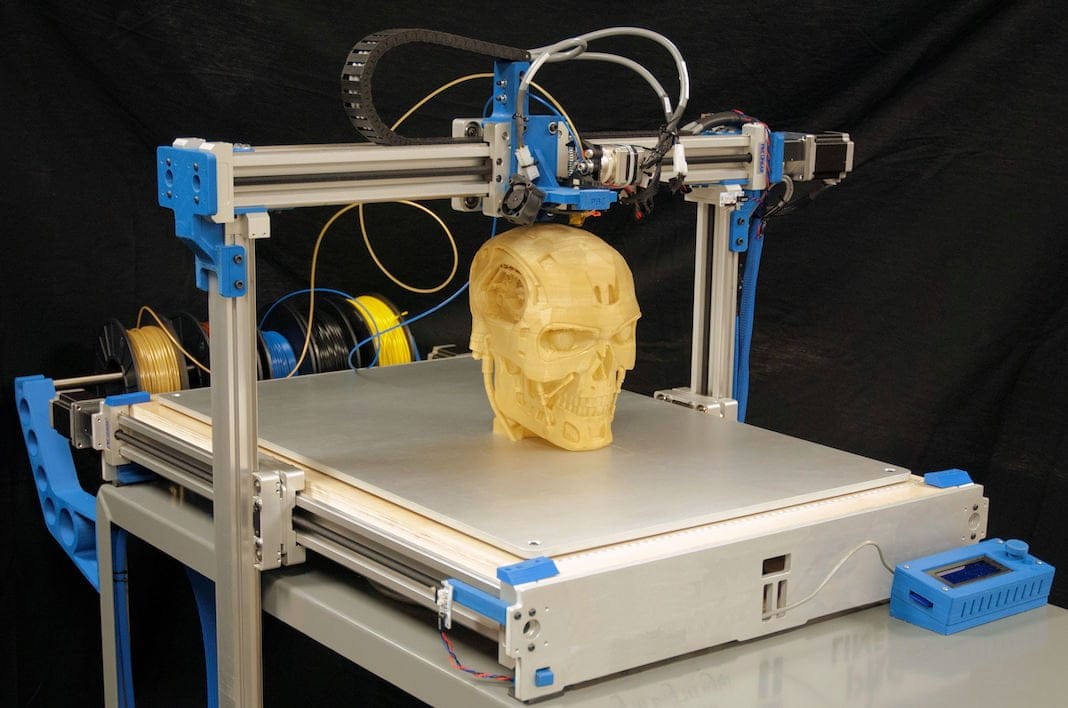
3D printing helps speed up the design process by allowing complex designs to be iterated over in days instead of weeks. When Coalesce was tasked with building an inhaler device that could digitally evaluate an asthma patient's inspiratory flow profile, outsourcing would result in a significant increase in production time for each prototype. Before sending the project files to a third party company for the physical implementation of the project, they would have to be carefully developed and carried through various iterations.
Instead, desktop stereolithographic 3D printing allowed Coalesce to handle the entire prototyping process in-house. The prototypes were suitable for use in clinical trials and looked just like the finished product. Moreover, when the company demonstrated the device, its customers mistook the prototype for the final product.
Overall, the introduction of in-house manufacturing resulted in an exceptional reduction in prototyping time by 80–90%.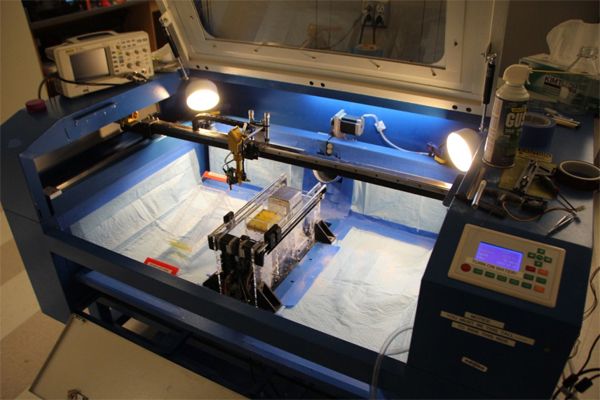 In addition, the models took only eight hours to print and were finished and painted in a matter of days, while outsourcing the same process would take a week or two.
In addition, the models took only eight hours to print and were finished and painted in a matter of days, while outsourcing the same process would take a week or two.
Hundreds of thousands of people lose limbs every year, but only a fraction of them are able to restore limb function with a prosthesis.
Conventional dentures are only available in a few sizes, so patients must adjust to what fits best. On the other hand, custom bionic prostheses that mimic the movements and grips of a real limb based on the impulses of the surviving limb muscles are so expensive that they can only be used by patients living in developed countries with the best medical insurance. In the case of children's prostheses, the situation is aggravated even more. Children grow up and inevitably outgrow their prostheses, which, as a result, require costly modifications.
The difficulty lies in the lack of manufacturing processes that would allow for individual orders at an affordable price. But increasingly, prosthetists are looking to reduce these high financial barriers to rehabilitation with the flexible design capabilities of 3D printing.
But increasingly, prosthetists are looking to reduce these high financial barriers to rehabilitation with the flexible design capabilities of 3D printing.
Initiatives like e-NABLE allow people around the world to learn about the possibilities of 3D printed prostheses. They are driving an independent movement in the prosthesis industry by offering information and free open source projects so that patients can get a custom-designed prosthesis for as little as $50.
Other inventors, such as Lyman Connor, go even further. With only a small fleet of four desktop 3D printers, Lyman was able to fabricate and customize his first mass-produced prostheses. His ultimate goal? Create a customizable fully bionic arm that will cost incomparably less than similar prostheses that retail for tens of thousands of dollars.
Researchers at the Massachusetts Institute of Technology have also found that 3D printing is the best method for making more comfortable prosthetic sockets.
In addition, the low cost of manufacturing these prostheses, as well as the freedom that comes with being able to design custom designs, speak for themselves.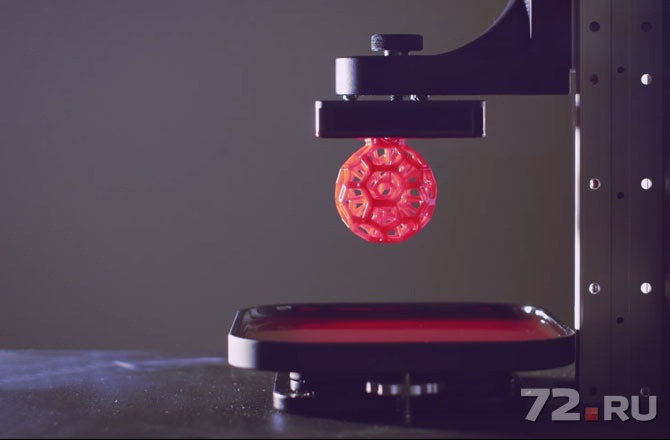 3D printed prostheses have a lead time of just two weeks, and then they can be tried and serviced at a much lower cost than traditional counterparts.
3D printed prostheses have a lead time of just two weeks, and then they can be tried and serviced at a much lower cost than traditional counterparts.
As costs continue to fall and material properties improve, the role of 3D printing in healthcare will no doubt become more important.
The same high financial barriers that are seen in prosthetics are common in orthoses and insoles. Like many other patient-specific medical devices, custom-made orthoses are often not available due to their high cost and take weeks or months to manufacture. 3D printing solves this problem.
Confirmation is the example of Matej and his son Nick. Nick was born in 2011. Complications during preterm birth led to the fact that he developed cerebral palsy, a pathology that affects nearly twenty million people worldwide. Matei was delighted with how determined his son was to overcome the limitations of his illness, but he was faced with a choice between a standard, off-the-shelf orthosis that would be uncomfortable for his son, or an expensive custom solution that would take weeks or months to manufacture and ship.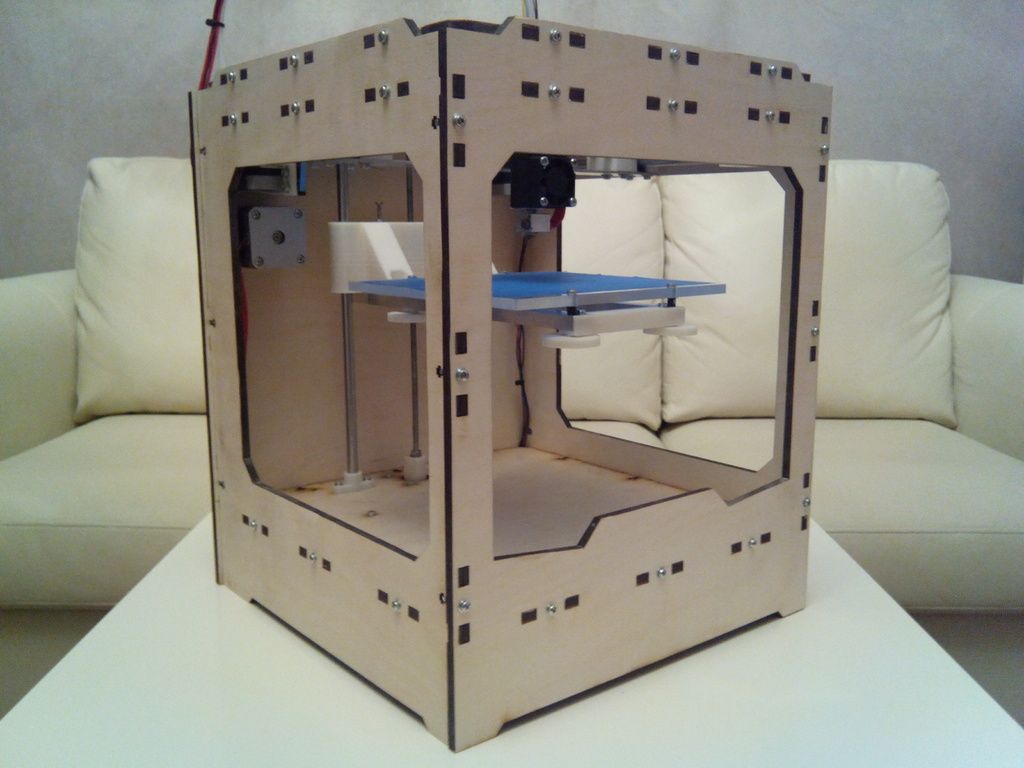 , and from which the child would quickly grow.
, and from which the child would quickly grow.
He decided to take matters into his own hands and began to look for new ways to achieve his goal. Thanks to the opportunities provided by digital technologies, in particular 3D scanning and 3D printing, Matei and Nika's physiotherapists were able to develop a completely new innovative workflow for the manufacture of ankle orthoses through experiments.
The resulting 3D-printed, custom-fit orthosis that provides support, comfort, and motion correction helped Nick take his first steps on his own. This non-standard orthopedic device reproduced the functionality of the highest-class orthopedic products, at the same time it cost many times less and did not require any additional settings.
Professionals around the world are using 3D printing as a new method of manufacturing custom insoles and orthoses for patients and clients, as well as a range of other physiotherapy tools. In the past, undergoing a course of physiotherapy with the use of individual physiotherapy instruments carried many difficulties. Often there was a situation when patients had to wait a long time for a finished product, which at the same time did not provide proper comfort. 3D printing is step by step changing this status quo. Data confirms that 3D printed insoles and orthoses offer a more precise fit and lead to better therapeutic outcomes, which means greater comfort and benefit for patients.
Often there was a situation when patients had to wait a long time for a finished product, which at the same time did not provide proper comfort. 3D printing is step by step changing this status quo. Data confirms that 3D printed insoles and orthoses offer a more precise fit and lead to better therapeutic outcomes, which means greater comfort and benefit for patients.
The usual treatments for patients with severe organ damage today are autografts, transplantation of tissue from one area of the body to another, or transplantation of a donor organ. Researchers in bioprinting and tissue engineering hope to expand this list soon with on-demand fabrication of tissues, blood vessels, and organs.
3D bioprinting is an additive manufacturing process that uses materials known as bioink (a combination of living cells and a compatible substrate) to create tissue-like structures that can be used in medicine. Tissue engineering combines new technologies, including bioprinting, which make it possible to grow replacement tissues and organs in the laboratory for use in the treatment of injuries and diseases.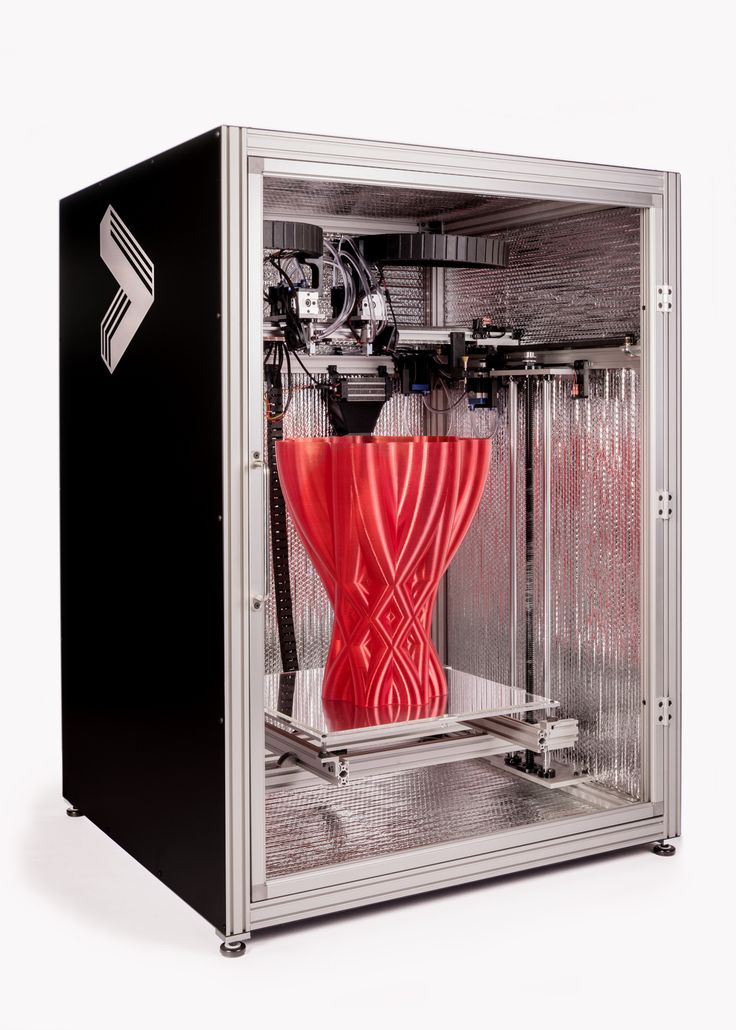
Using high-precision 3D printing, researchers such as Dr. Sam Pashne-Tala from the University of Sheffield are opening up new possibilities for tissue engineering.
In order to direct cell growth to form the necessary tissue, Dr. Pashne-Tala grows living cells on a laboratory scaffold that provides a template of the required shape, size and geometry. For example, to create a blood vessel for a patient with cardiovascular disease, a tubular structure is needed. The cells will multiply and cover the scaffold, taking on its shape. Then the scaffold is gradually destroyed, and the living cells take the form of the target tissue, which is cultured in a bioreactor - a chamber that contains the cultured tissue and can reproduce the internal environment of the body so that the cultured tissue acquires the mechanical and biological characteristics of organic tissue.
3D printed bioreactor chamber with tissue engineered aorta miniature inside. The tissue is cultured in a bioreactor to acquire the mechanical and biological characteristics of the organic tissue.
3D printed bioreactor chamber with tissue engineered aorta miniature inside. The tissue is cultured in a bioreactor to acquire the mechanical and biological characteristics of the organic tissue.
This will allow scientists to design patient-specific vascular grafts, expand surgical care, and provide a unique platform for testing new vascular medical devices for people suffering from cardiovascular disease, which is currently the leading cause of death worldwide. The ultimate goal is to create blood vessels that are ready for implantation in patients. Since tissue engineering uses cells taken from a patient in need of treatment, this eliminates the possibility of rejection by the immune system, which is the main problem of modern transplantology.
3D printing has proven its ability to solve the problems that exist in the production of synthetic blood vessels, in particular, the difficulty of recreating the required accuracy of the shape, size and geometry of the vessel. The ability of printed solutions to clearly reflect the specific characteristics of patients was a step forward.
The ability of printed solutions to clearly reflect the specific characteristics of patients was a step forward.
According to Dr. Pashne-Tal: “[Creating blood vessels using 3D printing] makes it possible to expand the possibilities of surgical care and even create designs of blood vessels for a specific patient. Without the existence of high-precision affordable 3D printing, the creation of such forms would not be possible.”
We are witnessing significant advances in the development of biological materials that can be used in 3D printers. Scientists are developing new hydrogel materials that have the same consistency as organ tissues present in the human brain and lungs, which can be used in a range of 3D printing processes. Scientists hope that they will be able to implant them into the body as a "scaffold" for cell growth.
Although bioprinting of fully functional internal organs such as the heart, kidneys and liver still looks futuristic, hybrid 3D printing at very high speed opens up more and more new horizons.
It is expected that sooner or later the creation of biological matter on laboratory printers will lead to the generation of new, fully functional 3D printed organs. In April 2019, scientists at Tel Aviv University 3D-printed the first heart using biological tissue from a patient. A tiny copy was created using the patient's own biological tissues, which made it possible to fully match the immunological, cellular, biochemical and anatomical profile of the patient.
“At this stage, the heart we printed is small, about the size of a rabbit heart, but normal-sized human hearts require the same technology,” says Prof. Tal Dvir.
The first 3D bioprinted heart created at Tel Aviv University.
Precise and affordable 3D printing processes, such as desktop stereolithography, are democratizing access to technology, enabling healthcare professionals to develop new clinical solutions and quickly produce medical devices with individual characteristics, and doctors around the world to offer new types of therapy.